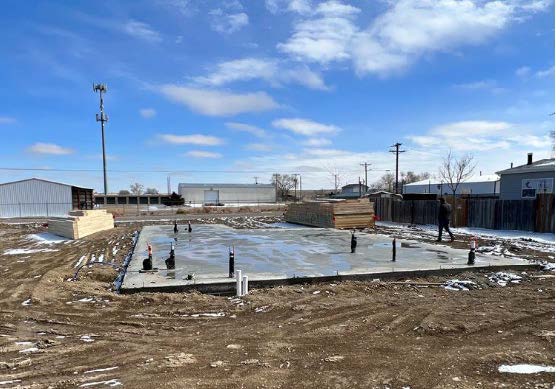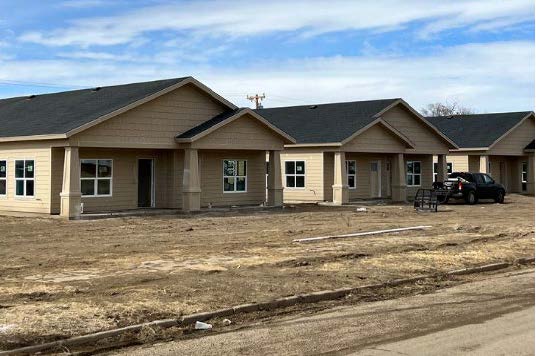Affordable Housing - Case Briefings
Affordable Housing Strategy #1 | Use by Right Affordable Housing
In this strategy, affordable housing developments are approved through the staff level administrative process instead of a discretionary approval process. This reduces expense, time, and roadblocks in the housing development process. In some communities, smaller units like townhomes or apartments require conditional use approval or additional hearings. Procedural adjustments in this process would allow multi-family and affordable housing to be approved as a “use by right” in appropriate zone districts, eliminating the need for the additional hearings. The benefits of implementation would offer faster development review timelines, give developers more confidence, and make development more efficient for affordable units. In addition, communities would have clear opportunities for affordable units as well as additional affordable housing options. This would also benefit the environment through “by right” locations being supported by sound infrastructure availability, as well as offering a wider range of diversity of unit sizes which minimize urban sprawl and habitat loss as a result.
Community Example
2021 Development Code, Greeley, Colorado
When Greeley sought to update their local Development Code in 2021, one of the goals was to provide more housing options for a variety of income levels throughout the community in new and existing neighborhoods. As part of their efforts, the city incorporated and allowed as a use by right a variety of residential product types throughout the community and developed residential development standards to guide new and infill opportunities. Adjustments included revisions to local processes and procedures to create predictability and consistency. Additionally, ADUs are listed as “use by right” in most of the city’s base zone districts. These efforts helped the city to promote missing middle housing opportunities throughout existing and new neighborhoods.

Project Information: Greeley Development Code Update
Source: Ayres Associates
Affordable Housing Strategy #4 | Affordable Housing Subsidies & Incentives (rural adaptation)
The intent of this strategy is to create subsidies and/or other incentives for the development of affordable housing near jobs and services. Approaches may include local support for the installation or costs associated with infrastructure, increased densities, fee reductions, and leveraging other local resources such as land or partnerships. One of the first steps for a community implementing this strategy is to establish a clear policy of when assistance will be provided and determine safeguards to ensure housing will remain affordable into the future. Benefits of this strategy are that it provides consistent guidelines to address affordability, boosts affordable unit inclusion, and leverages infrastructure investments. Residents benefit from the investment of new development activity near existing infrastructure, jobs, and service areas and through the support of land preservation and conservation for open space, prime agriculture, and sensitive environmental ecosystems within and surrounding a community.
Community Example
Southeast Colorado Economic Development District (SECED) Attainable Housing Project, Southeast Colorado
For this case study, the SECED partnered with local governments to implement a local subsidy and incentive program to promote the development of
 new housing units. Through this partnership and leveraging local resources, the region incentivized attainable housing developments with a combination of publicly owned land donations, grants, and regional coordination. The communities provided available land for the development sites, the SECED worked with communities to complete horizontal infrastructure installation utilizing grant funds and available resources, and finally the SECED recruited a developer/builder team to develop the pad ready sites with new workforce housing units.
new housing units. Through this partnership and leveraging local resources, the region incentivized attainable housing developments with a combination of publicly owned land donations, grants, and regional coordination. The communities provided available land for the development sites, the SECED worked with communities to complete horizontal infrastructure installation utilizing grant funds and available resources, and finally the SECED recruited a developer/builder team to develop the pad ready sites with new workforce housing units.
Sources: